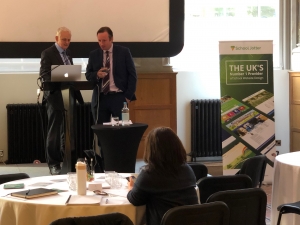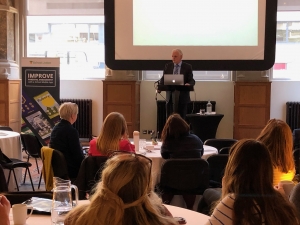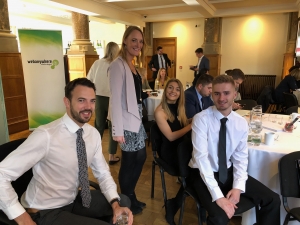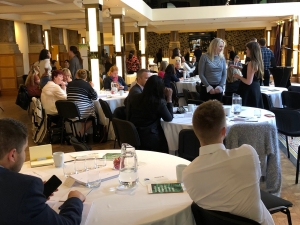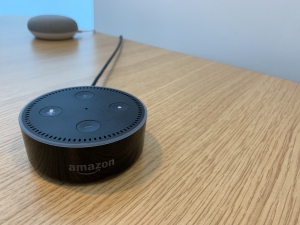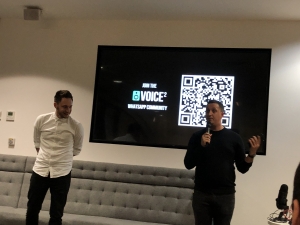The most successful people schedule their time. However, some items in schedules can get in the way of important tasks. For some people reducing the number of meetings and emails helps to declutter schedules. Whether you are strictly on billable time or not we all want to be productive and add value. Unnecessary meetings and replying to communications that shouldn’t have been emails get in the way.
Rather than broadcasting our message at the point of conception we often wait to schedule a meeting. This means we wait for a conversation to happen and the moment has passed. If we do communicate thoughts immediately via email authenticity and meaning is lost.
Already we see people using video conferencing as a new way to communicate more effectively and reducing travel. Video combats global warning and reducing our carbon footprint can only be a good thing. Of course you’ve still got to schedule these video conference calls.
Conference calls quite often are recorded and sometimes without knowledge of the participants. In a webinar situation recording is accepted but often run of the mill meetings are recorded. Greater transparency about recording is needed. The benefits of recording is a searchable archive similar to email. This helps us to recall and remember prior conversations. Lots of households have Alexa and Google home devices are listening in and whilst there are privacy concerns most people have come to accept these devices.
Now when you are in a video conference call sometimes they’re cancelled because people forget to turn up and other times people are late and had you waiting around for at least five minutes until people join. All of this is wasteful of time. Another point is that video conference calls tend to last half an hour or sometimes an hour. This doesn’t mean that the conversation isn’t important and that you shouldn’t have one hour video conferences! There will be times when a half an hour video call can be replaced with something more efficient of time. We all know as a meeting becomes longer attentions wain.
Combining asynchronous communication with video allows for a more personable communication that doesn’t need to be scheduled. Whilst these videos are not live the recipient gets to choose when they play the video. Undoubtedly some users will play the videos shortly after every recording and others will wait a few hours. This allows a greater flexibility around schedules.
For businesses there are a multitude of videos you could post. It could be an appraisal video with evidence to your manager on what you’re learning what you’re achieving. This sort of video diary will be able to be played back by not only your manager but you yourself.
You might be a coach or mentor developing a member of staff. If your staff are remote it can be a challenge after a face-to-face meeting to keep in contact. Again asynchronous video can help keep relationships and conversations going.
You might have just won some new business and want to personally thank a customer for the contract award. Why not send a video? Not only can you thank customers but video can be a fabulous way to praise staff for going the extra mile whether that is in a private direct message or on a company wide timeline.
When you look at the most popular Internet platforms at the moment video is a common ingredient. For entertainment there is prime and Netflix. Kids prefer YouTube and TikTok. Lots of young people use Instagram stories and we are all sharing videos on WhatsApp.
Video isn’t going away. Transcribed videos with ability to quickly recall key information makes the corporate intranet much more appealing. When it comes to knowledge transfer be it handovers or for new starters video screen casts showing and telling how software is used increases time to competency.
The world of business is heading towards self service. If you’re travelling abroad you check in online yourself, in the supermarket there is now self checkout. When it comes to business communications there will always be face-to-face communications for building relationships. Video messages are there to supplement communications for “between times” to improve your productivity (avoiding a meeting) and to increase richness of communication (videos beat email for authenticity). With more people working from home and people being conscious of their carbon footprint video might just be the answer. Less scheduling, less travel, greater productivity without compromising relationships.
You can learn more about video and artificial intelligence at the below link:
